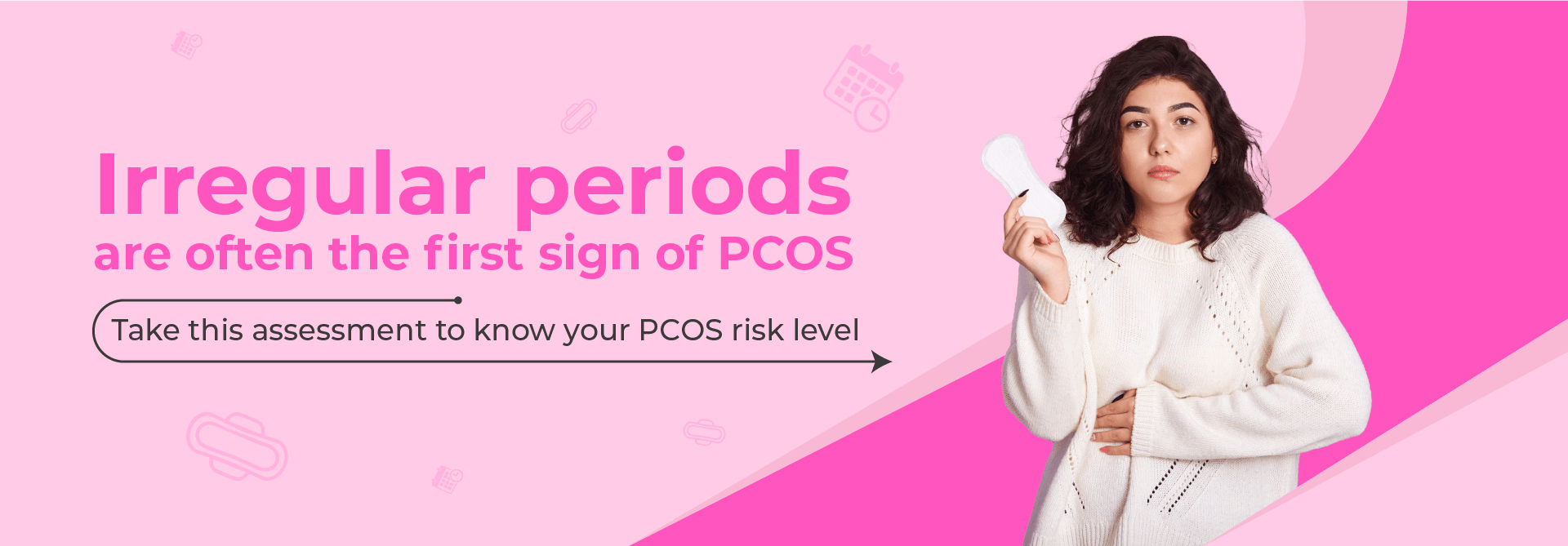Think Tampons Are Hard To Wear? Lets Make Them Easy!
20 months ago
5 minute read.

Many people find using tampons a bit tricky at first. They might worry about how to put them in, if they'll be uncomfortable, or if they'll work well. But don't worry! Tampons can be simple and comfortable to use once you know how.
Tampons are a popular choice for managing periods because they're easy to use and you can't see them from the outside. They're small and fit inside your vagina to soak up the blood before it leaves your body. This means you can move around freely without pads getting in the way.
Even though tampons are great, some people might feel unsure about using them. They might think it's hard to put them in, or they might be afraid they'll hurt. But using tampons doesn't have to be hard. With a few tips and a little practice, you can use tampons comfortably and confidently.
In this blog, we'll share some easy tips to help you use tampons with ease. Whether you're new to tampons or just want to feel more comfortable using them.
Also Check: Is It Safe To Get Intimate During Periods?
What Are Tampons And Why Do We Use Them?
Tampons are feminine hygiene products designed to absorb menstrual blood. They are typically made of cotton, rayon, or a blend of both, and come in various sizes and absorbencies to suit different flow levels. Tampons are inserted into the vagina, where they expand to absorb the menstrual flow. Unlike pads, which are worn externally, tampons are worn internally, offering greater freedom of movement and comfort.
Women use tampons for several reasons, including:
- Comfort and Convenience: Tampons are discreet and comfortable to wear, allowing women to move freely without the bulkiness of pads.
- Maintaining an Active Lifestyle: Tampons are ideal for women who lead active lifestyles, as they can be worn while swimming, exercising, or participating in sports.
- Less Visible: Tampons are less visible than pads, providing a more discreet option for managing menstrual flow.
- Reduced Odor: Tampons can help reduce menstrual odor compared to pads, as the blood is not exposed to air.

Types Of Tampons
There are two main types of tampons: applicator tampons and non-applicator tampons.
- Applicator Tampons: Applicator tampons come with a plastic or cardboard applicator that helps with insertion. The applicator is used to push the tampon into the vagina, making insertion more comfortable and easier for some women.
- Non-Applicator Tampons: Non-applicator tampons, also known as digital tampons, are inserted into the vagina using a finger. Some women prefer non-applicator tampons for their simplicity and environmental friendliness, as they generate less waste.
Both types of tampons come in various sizes and absorbencies, ranging from light to super plus, to accommodate different flow levels.
Also Read: What Your Period is Trying to Tell You?

Technique For Using Tampons
Proper insertion of tampons is crucial for comfort and effectiveness. Here's a step-by-step guide for using tampons:
- Wash Your Hands: Before inserting a tampon, wash your hands thoroughly with soap and water to ensure they are clean.
- Choose the Right Tampon: Select a tampon with the absorbency level suitable for your flow. It's important to use the lowest absorbency needed to reduce the risk of toxic shock syndrome (TSS).
- Get Comfortable: Find a comfortable position for insertion, such as sitting on the toilet, squatting, or standing with one leg raised.
- Insert the Tampon: For applicator tampons, hold the applicator at the grip area and gently insert the tampon into your vagina until your fingers touch your body. For non-applicator tampons, use your index finger to push the tampon into your vagina until it is comfortably in place.
- Ensure Proper Placement: Once inserted, the tampon should sit comfortably in your vagina and should not be felt. If you feel discomfort, it may not be inserted correctly, and you should try reinserting it.
- Dispose of the Applicator (if applicable): If you used an applicator tampon, dispose of the applicator in the bin.
Also Check: Delayed Periods? Know Why?
How To Safely Take A Tampon Out?
Proper removal of tampons is essential to prevent discomfort and reduce the risk of TSS. Here's how to safely remove a tampon:
- Wash Your Hands: Once again, wash your hands thoroughly with soap and water.
- Relax: Get into a comfortable position and relax your muscles.
- Remove the Tampon: For applicator tampons, gently pull the applicator out of your vagina. For non-applicator tampons, use your finger to hook the string and pull the tampon out. Avoid pulling on the string too hard, as it may break.
- Dispose of the Tampon: Wrap the used tampon in toilet paper and dispose of it in the bin. Do not flush tampons down the toilet, as they can cause blockages.

Why Should We Use Tampons?
Tampons offer several benefits over other menstrual hygiene products, including:
- Discreetness: Tampons are less visible than pads, providing a more discreet option for managing menstrual flow.
- Reduced Leakage: When used correctly, tampons can reduce the risk of leakage compared to pads.
- Swimming and Exercise: Tampons can be worn while swimming or exercising, providing uninterrupted participation in physical activities.
Also Check : Big Confusion: Can Women Swim During Periods?
Facts About Tampons
Toxic Shock Syndrome (TSS):Tampons have been associated with TSS, a rare but serious condition caused by toxins produced by certain bacteria. To reduce the risk of TSS, it is essential to use tampons with the lowest absorbency needed and to change them regularly (every 4-8 hours).
Proper Hygiene: It is important to wash your hands before and after inserting or removing a tampon to prevent infection.
Menstrual Cup Alternative: Some women prefer menstrual cups as an alternative to tampons. Menstrual cups are reusable silicone cups that collect menstrual blood rather than absorbing it. They are eco-friendly and can be worn for longer periods than tampons.
Also Check: No Menstruation Or Absence Of Periods In A Woman? Is That Even Possible?
In conclusion, tampons are a safe and effective option for managing menstrual flow. With the right technique and proper hygiene practices, using tampons can be easy and comfortable, offering freedom and convenience during menstruation. If you have any concerns or questions about using tampons, consult with your healthcare provider for personalized advice.
Leave a Comment
Related Articles
Health Checks @ Home
Service
Explore
© 2025 Truworth Health Technologies Pvt. Ltd.




